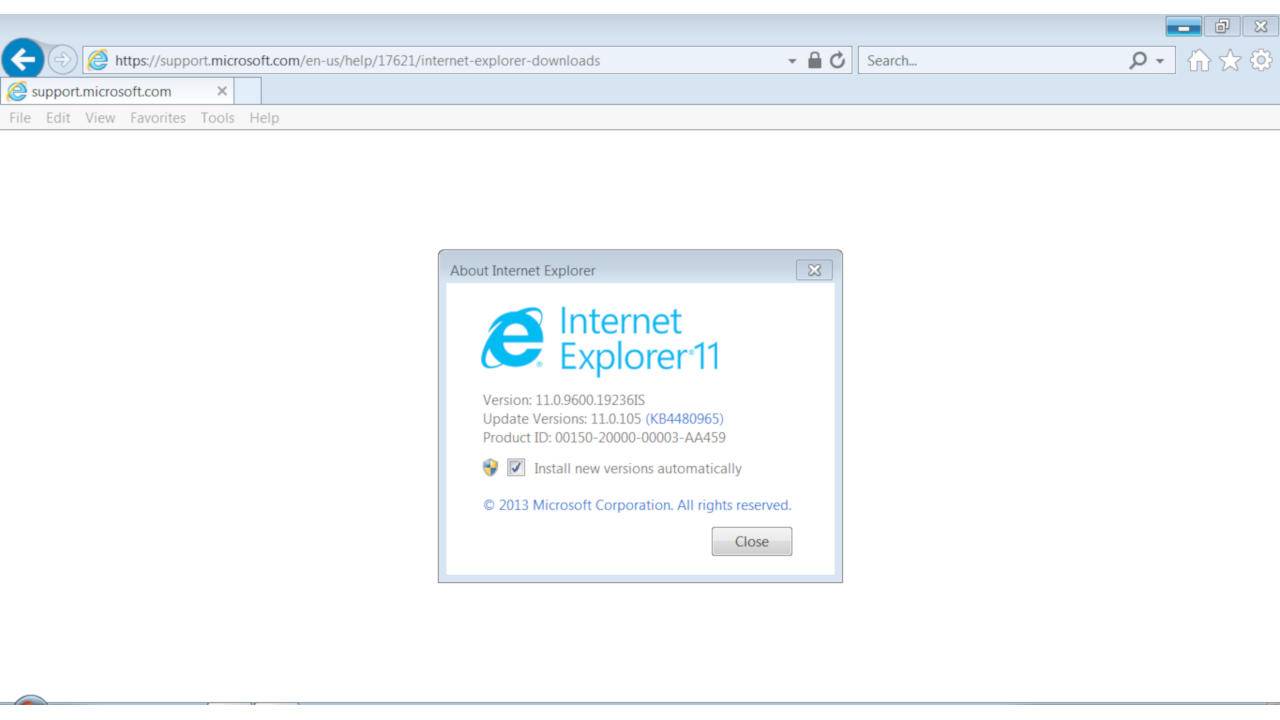For that matter, Microsoft’s Edge browser’s IE Mode will still receive support through 2029 and perhaps even beyond that. So, users won’t need to worry too much about being stuck if they actually seek out some sort of familiarity with the older web engine. In regards to this, the retired web browser will be substituted with the fairly new Microsoft Edge based on Chromium where users are automatically redirected to Edge upon launching IE. In relation to Edge, the tech corporation noted in a blog post last May that along with being a faster, more secure and modern browsing experience, Edge also possesses the ability to improve compatibility for older, legacy websites and applications.
— Tom Warren (@tomwarren) June 14, 2022 The experience isn’t all great though, as you can probably imagine. There were numerous issues with IE: throughout its existence, it was infamous for its lack of security, particularly through ActiveX components, as well as non-standard rendering that, more often than not, required website creators to optimise the browser. Even though damage control was implemented afterwards, the commotion ultimately prompted users to switch over from IE to newer platforms such as Google Chrome and Mozilla Firefox. In IE’s defense and despite the browser being the butt of many internet jokes – as a digitally archaic program compared to its frequently utilised peers, the feeling is still very obviously bittersweet. Again, the web browser had been around since its launch on 16 August 1995, and it still managed to beat out another rival web browser at the time, Netscape Navigator. (Source: Engadget, AP News) Irfan Iskandar contributed to this article.
